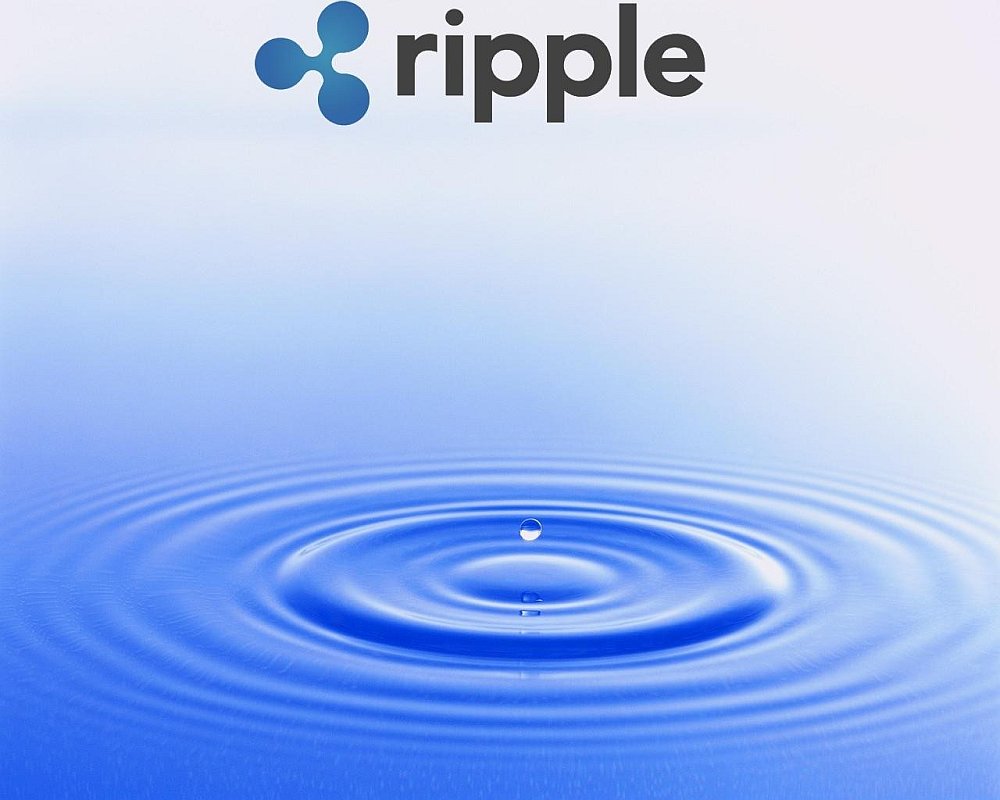
While people have their heads turned towards the BitCoin’s record breaking historical high, a new contender for the top place amongst all cryptos is around the block. What makes it different? While relatively few people outside of the IT and trading world have heard about it, Ripple has managed to secure the third place amongst all cryptocurrencies based on its market capitalization (market cap – the total amount of the currency units multiplied by their current intrinsic value). However, Ripple is not a currency in itself. Ripple is a unique real-time gross settlement system (RTGS) which is used for currency exchange and remittance. XRP (also known as ripples),on the other hand, are the default ledger and native cryptocurrency for the protocol. There are many factors that make Ripple XRP unique compared to most of the other cryptocurrencies.
First: all XRP coins are predetermined and pre-mined – this means that no new coins will be issued ever – at least according to the Ripple’s creators. Second: XRP is established as a deflationary currency. This means that during each transaction, a small amount of XRP is “burned” away making the cryptocurrency more and more scarce with each transaction. Third: XRP is intended as a new method of transaction exchange between banks. In contrast to BitCoin’s slow transaction speed and throughput, Ripple can theoretically support the same throughput as the current Visa transaction system. Fourth: even though Ripple XRP was not initially intended for trading and wealth accumulation, multiple companies and individuals started to trade with it both on a daily basis and as a long term investment pushing the currency’s value higher and higher.
Fifth and final point is the potential market cap for the XRP. If the system becomes widely used as a means of transferring funds between different financial institutions (including, but not limited to commercial banks), the XRP’s perceived value can skyrocket and become multiple times higher than its current value, making it a potential cash cow for long term investors. On the other hand, due to the currency’s volatility there is the occasional “pump and dump” done by large investors which causes the daily value to fluctuate wildly on a daily basis.
All in all, XRP is here to stay and will most probably keep its place as one of the most important cryptocurrencies in the modern world. It’s centralized and bank-owned system will also guard it against potential governmental bans and regulations. In the end of the day, XRP will most definitely be more than a ripple in the pond of the rising world of cryptocurrencies.


Hi Aleksandar, interesting post. For me, the fact that Ripple is completely pre-mined raises questions as to how it was distributed? How much do the owners still have? They could completely mess up market dynamics with respect to supply and demand if they unleash their supply of Ripple onto exchanges. Furthermore, I still have a bit of trouble understanding what the value proposition is of Ripple; what can they do that other coins can’t, and is it necessary? Today ABN Amro released a statement that they are now switching to ‘lightning’ transactions, which means transactions are carried out in 10 seconds.
Very interesting article! I just wrote a blog about Adcoin, a new Dutch Cryptocoin used for advertisement payments. The founders of this coin state that they think it will not be a coin used for trading, just as with Ripple. However, I think with the current hype around crypto currency every coin will be subject to trading. What do you think?
Interesting blog post. I have a few remarks on your assertion that Ripple could be a long term contender in the crypto currenty space.
First of all, ripple is a digital currency and not a crypto currency. It is an electronic token issued by a company Ripple Labs. In short, this means it is not minable and a centralized authority can decide what to do with them in terms of issuance. While some tokens are partially premined, ripple is 100%. This gives them complete power as you mention with the tokens decide to burn without any community consensus whatsoever.
While decentralized development and consenus is harder to reach, it is one of the main value propositions from crypto currencies as a whole. By backing a token 100% premined by a private company this goes away. Furthermore, the potential usecases of XRP are limited because prospective interested companies and banks will likely use the tech but not the XRP tokens, rather one of their won.
Lastly, comparing market caps from decentralized tokens with centralized and only VERY partially issued tokens are a fallacy. The majority of tokens have not been issued and thus the marketcap is highly inflated. This trick makes the token also seem more relevant than it is.
Hi Aleksandar, nice introduction to Ripple’s XRP! I fully agree that Ripple is fundamentally different than other cryptocurrencies for various reasons. Though it is not unique that XRP is a pre-mined currency, it is interesting indeed that XRP is deflationary. However a contribution to your list of reasons why Ripple is different is that instead of revoking the current centralised and regulated financial sector (which was most likely one of the reasons why for example Bitcoin was designed in the first place) as many crypto currency enthusiasts do, Ripple embraces the banking sector and tries to solve a fundamental problem. This gives Ripple a clear use case and a currency that will most likely be here to stay.